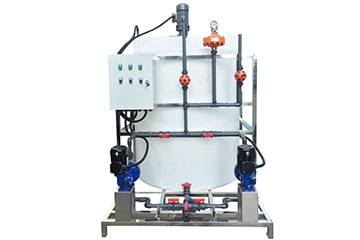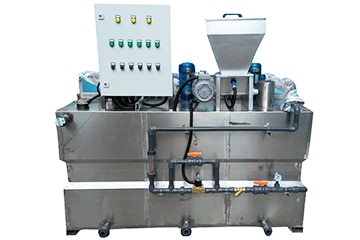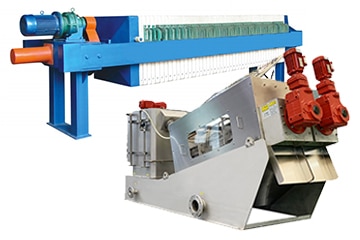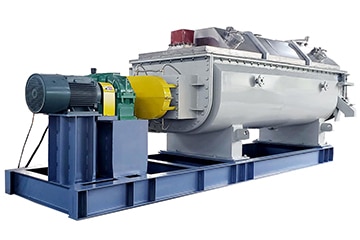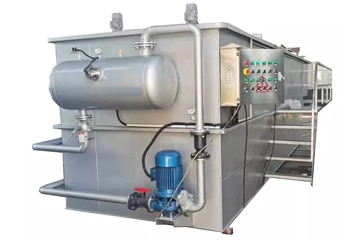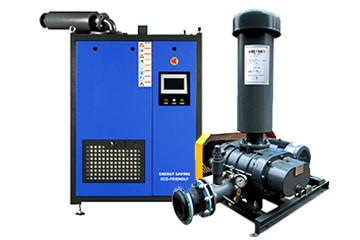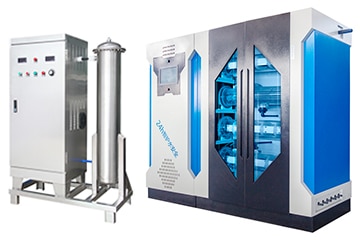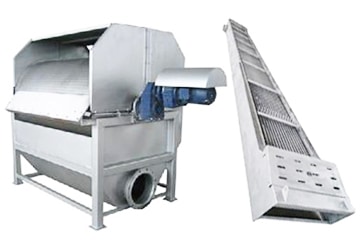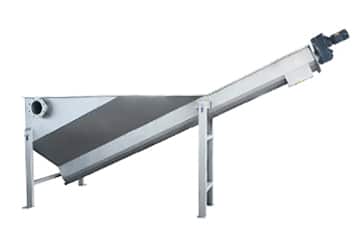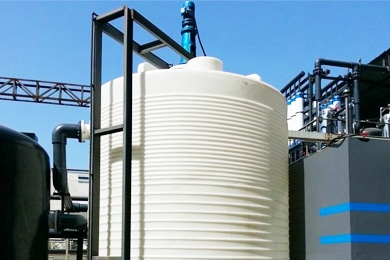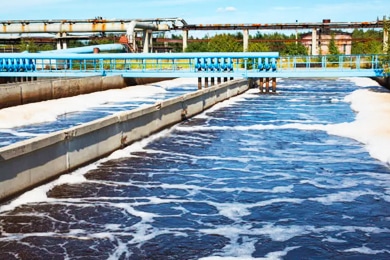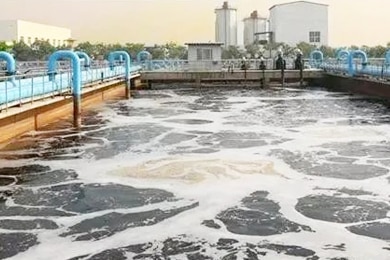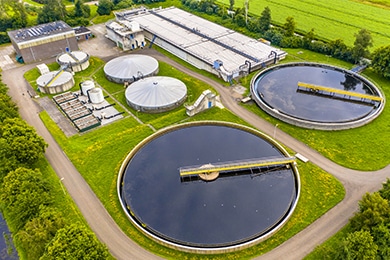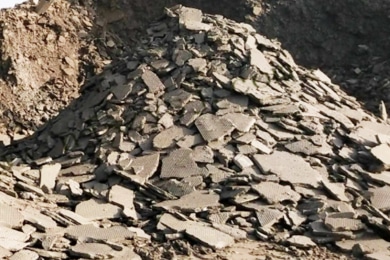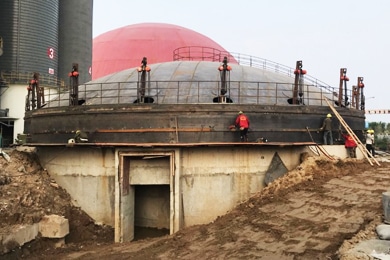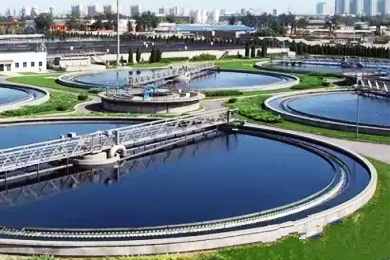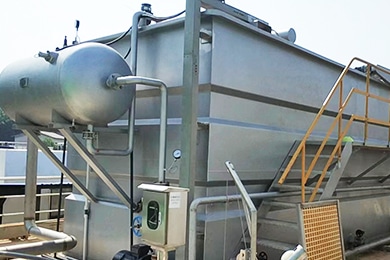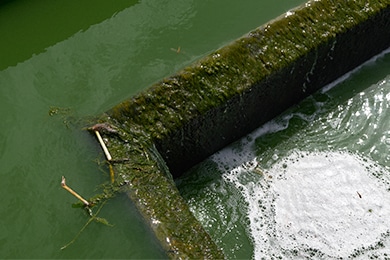Dosing System
Dosing system is a complete set of equipment integrating dosing, stirring, conveying liquid and automatic control, which is widely used in raw water of power plants, boiler feed water, oilfield ground collection and dewatering treatment system, various dosing machines of petrochemical industry and wastewater treatment system.
The dosing system is mainly composed of solution box, stirring box (with stirrer), metering pump, liquid level meter, flow meter, electric control cabinet, pipeline, valve, safety valve, check valve, pressure gauge, filter, base, escalator, etc. (can be configured according to the actual requirements of users). The dosing system is prepared in the stirring box according to the required concentration of pharmaceuticals, and the prepared solution is put into the solution box after being stirred evenly by the stirrer and delivered to the dosing point or the designated system by the metering pump (dosing pump).
Applications
KUOSI dosing systems provide efficient, cost-effective water and wastewater treatment for applications including, but not limited to
- Flocculants
- Cooling tower biocides
- Boiler feed chemicals
- Disinfectants
- Softening agents
- pH control and regulation
- Odor control
- Chlorination and dechlorination

